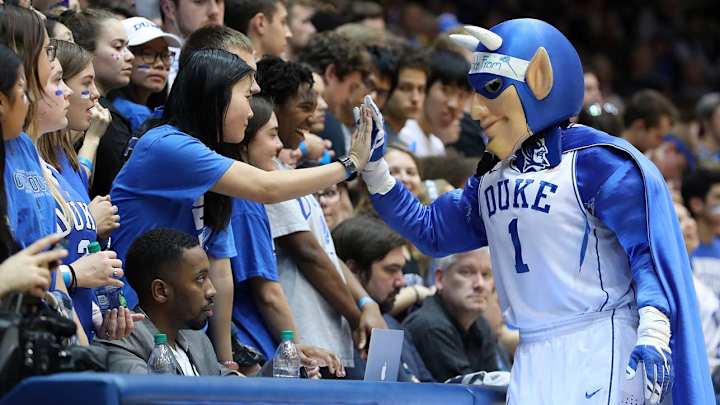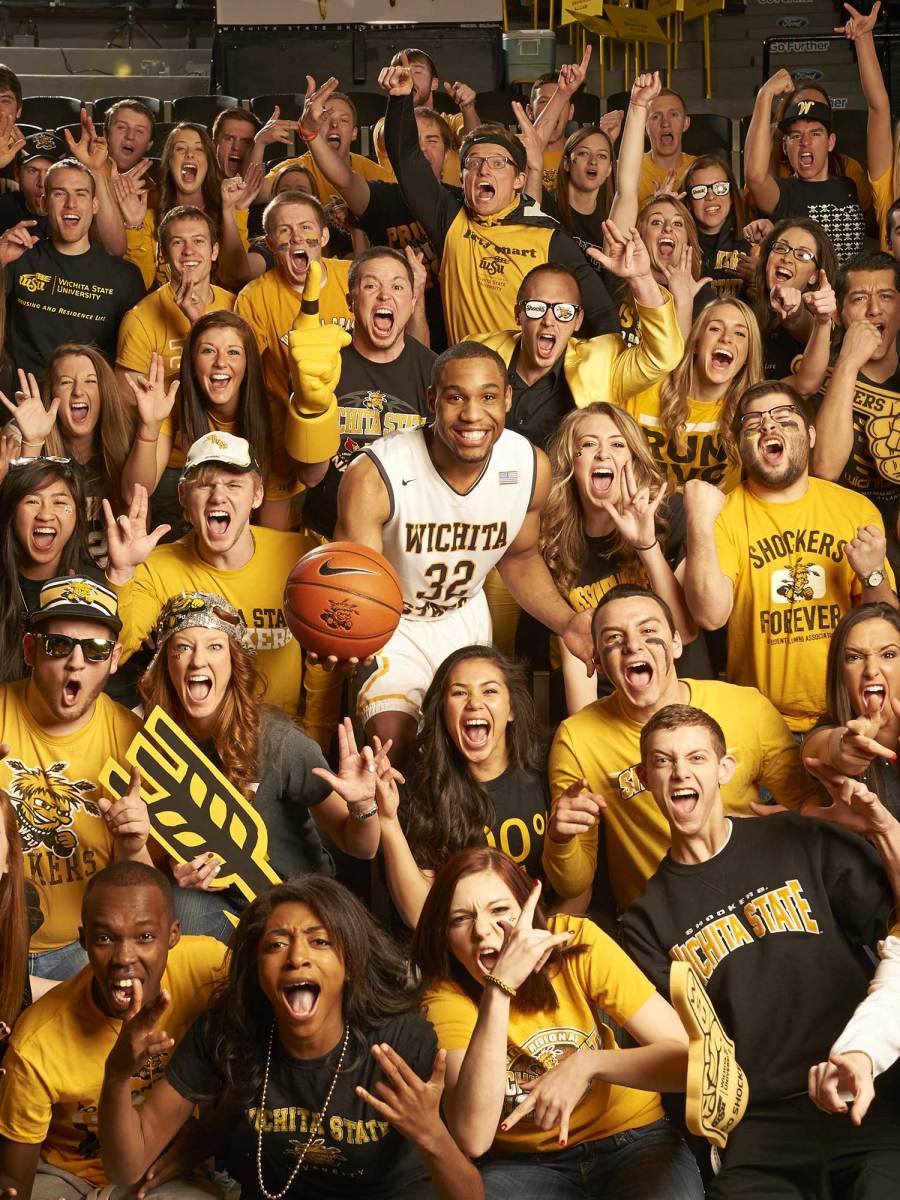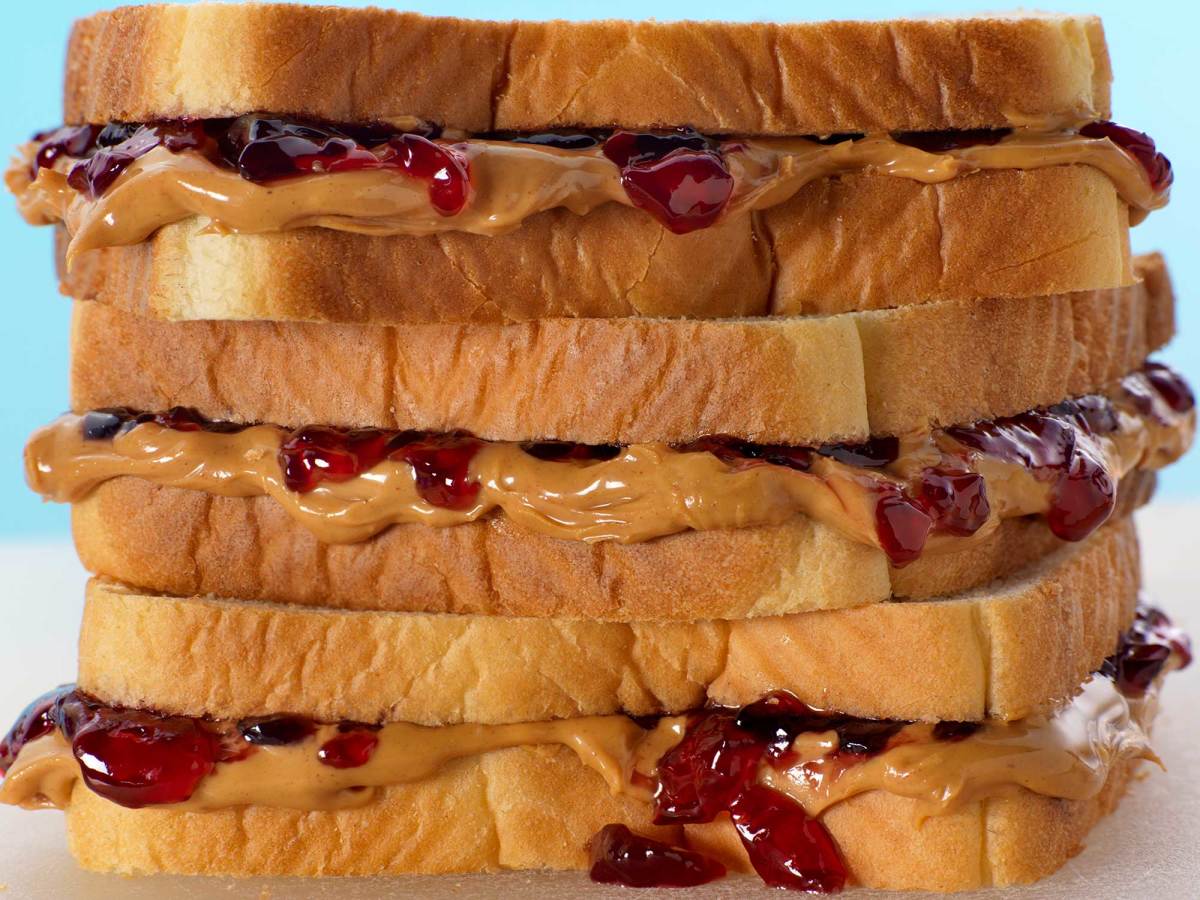Mascots, Luck and Cool Names: How to Fill Out Your March Madness Bracket

Welcome to the Weekend Read. This week we'll present three entertaining—albeit unscientific—ways to navigate your NCAA tournament bracket, our favorite stories of the week below and a peek inside the culinary scene at the NFL combine.
Editor's note: During the NCAA tournament we're sending a daily email newsletter, Morning Madness, packed with insight, picks and analysis from our reporters around the country. Click here to sign up.
Recommended Reading
• What offseason? This is how a frenetic four days reshaped the landscape of the NFL. (By Albert Breer)
• A fan favorite to some and a menace to the baseball establishment, Yasiel Puig is intent on becoming the Reds' marquee star after the Dodgers traded him away. (By Jon Tayler)
• In what's looking like a lost season for the Lakers, many are asking: should the team shut down LeBron?
• NFL Mock Draft 6.0: Three of the top six picks are quarterbacks, and projecting two trades of incumbent starting QBs. (By Kalyn Kahler)
•NBA Draft Big Board: Beyond Zion Williamson and Ja Morant, the 2019 NBA draft class is underwhelming. (By Jeremy Woo)
• Why the Utah Jazz had to ban the fan who harassed Russell Westbrook. (By Andrew Sharp)
• With March Madness about to get underway, check out the top 50 players in college basketball.
Certifiably Fun Ways to Fill Out Your Bracket
In a few short days, you will hold in your hand a bracket. On the line will be office bragging rights, personal satisfaction and–most likely–cold, hard cash. All across the vast Internet, “experts” will tell you how best to fill out that bracket.
They’ll all be wrong.
The NCAA tournament is played by roving groups of 18- to 22-year-old athletes. That age group tends to behave randomly, so the only way to predict how the tournament will shake out is to use an equally random method of winner selection. Here are three that are guaranteed* to work just as well as your favorite pundits’ choices.
*If you don’t win your pool, we’ll refund every penny we charged you for this column. That’s the SI.com guarantee.
Pick the teams with the coolest names
Not the team names, of course. Look at the players’ names.
Wyoming’s Fennis Dembo captured our imagination when he averaged 27.8 points in three games in the 1987 NCAA tournament. Nine years later, God Shammgod helped Providence to the Elite Eight. Two years after that, Harold “The Show” Arceneaux led Weber State to an upset of North Carolina. More recently, Northern Iowa’s Ali Farokhmanesh sank Kansas with a buzzer-beater in 2010.
Using names as your guide this year means choosing Michigan for forward Ignas “Iggy” Brazdeikis, Temple for guard Shizz Alston Jr., Murray State for guard Ja Morant, Wofford for guard Storm Murphy, UCF for 7-foot-6 wonder Tacko Fall (it’s pronounced like Taco) and Kansas State for guard Cartier Diarra.
If you choose this method, you’ll probably wind up with a Gonzaga-Tennessee national title game. Your bracket selection method will be vindicated when the Bulldogs’ Killian Tillie and Rui Hachimura share the floor with the Volunteers’ Admiral Schofield and Jordan Bone as their teams clash for the ultimate One Shining Moment.
Unless, of course, Duke’s Zion Williamson decides his name is the most memorable of all.
Pick the mascot that would win in a fight
This is an oldie but a goodie. With Tulsa and Miami out of the mix, we don’t have to worry about retconning an explanation for why an animal could beat a natural disaster. And remember, St. Mary and Iona are the Gaels (people who speak Gaelic) and not the Gales (as in “strong wind”).
If you’re using this method, you’ll probably be picking early exits for Creighton (Blue Jays) and Louisville (Cardinals) but a deeper run for Temple (Owls). Birds of prey seem much heartier against these types of foes than songbirds.
Not getting this newsletter in your inbox? Subscribe today
How you fill out your bracket also will depend on your opinion of Cats of all shapes and sizes. If you only respect big cats, then you’re probably down to Auburn because Clemson’s Tigers aren’t likely to be in the field. If you respect the combat capabilities of the smaller non-domesticated cats, you’re in luck. You’ll have multiple Wildcats (Kentucky, Kansas State, Villanova) from which to choose. You won’t have the Bearcats (Cincinnati), because the animal known as the bearcat (the binturong) is … not a cat.
You’ll have to decide how you feel a binturong would fare against, say, a gang of Pirates (Seton Hall). Fortunately, feline lovers will have other options. Houston’s Cougars have been great all season, and they seem ready to pounce after losing a heartbreaker to Michigan–let’s face it, Wolverines are just nasty–in last year’s NCAA tournament.
When in doubt, choose the luckiest team
We have to give you one advanced stats method for filling out your bracket, but we’re going to give you the most adorable one. Of all the statistics Ken Pomeroy compiles on his wonderful site (kenpom.com), my favorite is Luck. What is Luck? According to Pomeroy, Luck is the difference between a team’s actual record and the expected record a team that posted the same numbers against the same opponents would have.
The luckiest team in America this season, according to Pomeroy’s stats, was UNC-Greensboro. The Spartans are on the bubble for the NCAA tournament after losing the Southern Conference final to Wofford. The Terriers, who also won the regular-season SoCon title, went 3-0 against UNCG this season–winning by an average of 23.7 points. Wofford was just better than UNCG. So while filling out your bracket, choose confidently when you think one team is simply superior. But when you’re picking No. 8 vs. No. 9 games in the round of 64 or No. 4 vs. No. 5 games in the round of 32 and the teams seem fairly similar, select the luckier one.
Who knows? Maybe you’ll wind up the luckiest one of all. — By Andy Staples
Vault Photo of the Week: Say Cheese, Cinderella

It's almost that time of year again. We zoomed into student sections across the country for our March Madness preview covers in 2013 and '14, including a trip to Charles Koch Arena in Wichita, Kansas. After Wichita State busted brackets around the nation—marching to the 2013 Final Four as a No. 9 seed—the Shockers earned both a No. 1 seed and regional SI cover for the following year's tourney. As the SI Cover JinxTM would have it, Wichita State lost in the second round to eighth-seeded Kentucky. Alas.
In the photo above, SI's Al Tielemans captured guard Tekele Cotton surrounded by three dozen or so of his closest friends before tournament play began.
How NFL Prospects Fuel Up
For NFL hopefuls, eating properly during the seven-day marathon known as the combine can be more challenging than acing the Wonderlic. "You gotta take care of yourself," Kentucky running back Benny Snell said during this year's event in Indianapolis. "I have granola bars on me. I'm trying to drink water. But you gotta be someplace, and then when you're done with that, you gotta be someplace else, so it's easy to lose track and you might not eat."
Said Stanford running back Bryce Love, "Oh, yeah, I get hungry in between meals here. That's why I have a bunch of PB&J sandwiches in my bag. My mom made them for me."
Not getting this newsletter in your inbox? Subscribe today
National Football Scouting, the organization that runs the event, provides prospects with three meals a day and keeps the players' lounge stocked with snacks like fruit and trail mix. According to NFS president Jeff Foster, things have come a long way from just a decade ago, when players were handed a bag lunch of prepackaged sandwiches, chips and soda. Still, while NFS works with team nutritionists to design the menu for players, it's impossible to keep all 335 players satisfied when some are trying to lose weight and others are trying to add pounds—and some prefer PB&J sandwiches from home.

"What's hard about them having set meals here as one big group is that it's not [tailored] toward their needs as an athlete," says Whitney Tirrell, NFL combine training coordinator for Landow Performance. Many prospects choose not to eat meals provided at the combine. Instead, Tirrell works with players on their individual dietary needs, bringing prepped meals with her from Landow's home base in Centennial, Colo. In the mornings, she'd heat up breakfasts in the microwave in her hotel room, then run out to find a player on the bus before the driver pulled off. Sometimes a prospect would text her in the middle of the afternoon after finishing an interview and request a meal, and Tirrell would prepare some food and rush to the Indiana Convention Center.
"We are a 24/7 concierge service," Tirrell says. "Things have to be readily available for them. They don't have time to go somewhere and grab food." Tirrell often has to text her clients reminders to eat. What did you have for breakfast? Did you eat lunch? With all the calories they are burning throughout the day, players frequently need to power up. For example, inside the backpack of Landow client Jace Sternberger, a Texas A&M tight end, was a stash of Ziploc baggies: peanuts, pretzels, grapes, oranges, turkey wraps, RX Bars and coconut water.
Sternberger wasn't planning on eating red meat or dessert until he was done with his on-field workout on his last day in Indianapolis. Tirrell and the rest of the Landow Performance staff planned to take him out for a reward at the end of the combine: a cheat meal. — By Kalyn Kahler
Editor's note: What kind of stories and content would you like to see in the Weekend Read? Let's chat at SIWeekendRead@gmail.com.
